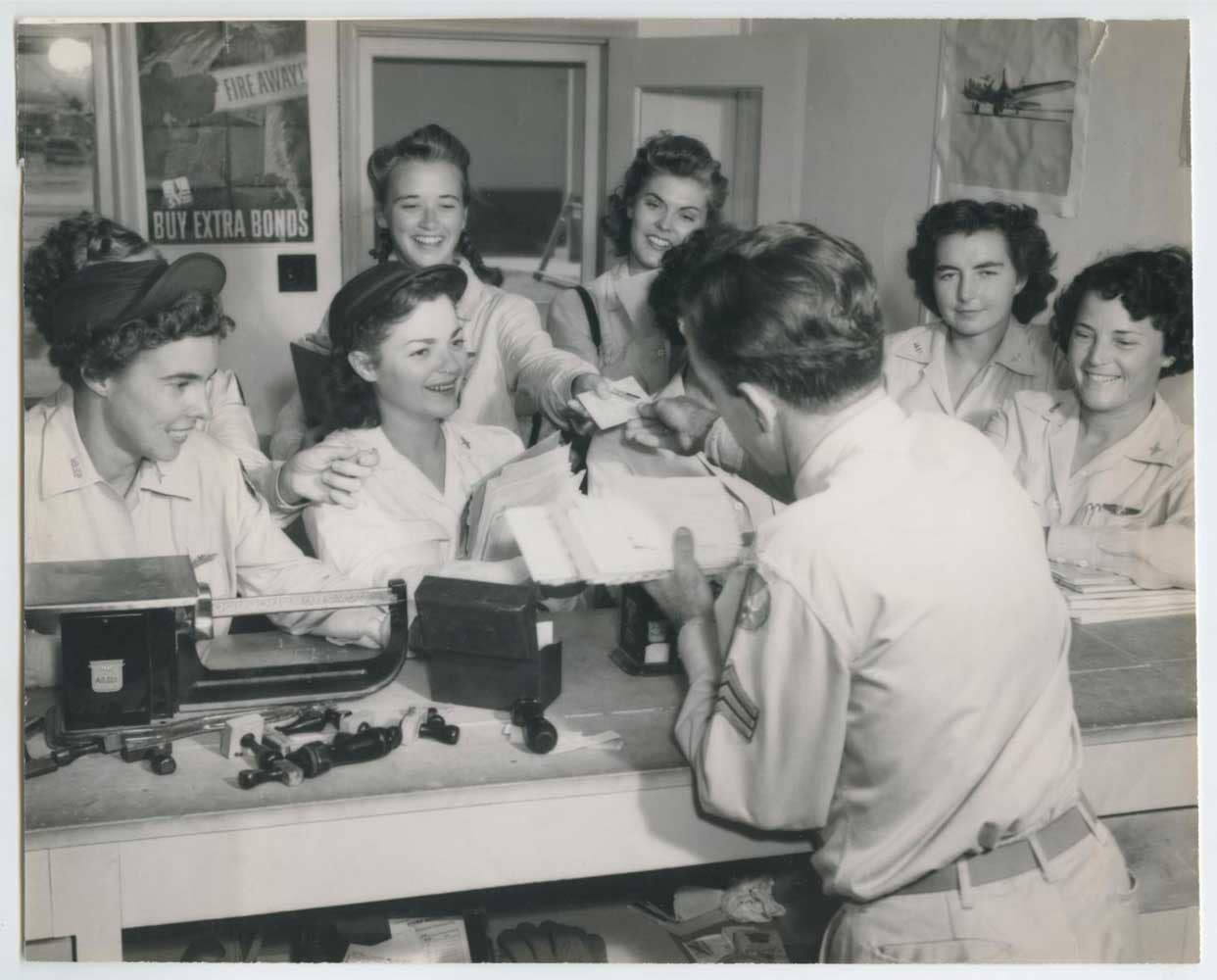The Civilian Pilot Training Program (CPTP) was a flight training program sponsored by the United States government. Its purpose was to increase the number of civilian pilots in order to ready the country for impending war.
Prior to World War II, several European countries, particularly Nazi Germany and Italy, began training thousands of people to become pilots. By all accounts these government sponsored programs were civilian in nature; in actuality, they were military flight training schools.
In the United States, the Civil Aeronautics Act of 1938 included language authorizing and funding a trial program that eventually progressed into the Civilian Pilot Training Program (CPTP). The program was made public at a White House press conference on December 27, 1938, when President Franklin D. Roosevelt announced that he had authorized a proposal giving a much-needed boost to the battered Depression Era aviation industry, by providing pilot training to 20,000 college students a year.

On June 27, 1939, President Roosevelt signed the Civilian Pilot Training Act into law. The intent of this law was to expand the number of civilian pilots into the thousands for military preparedness and future overseas combat duty.
In 1939 the U.S. Army was comprised of about 4,500 pilots. As war seemed more likely each year, the number of newly trained pilots grew quickly from under 1,000 in 1939, to about 8,000 in 1940, and more than 27,000 in 1941. But as many more pilots were needed, the U.S. Army Air Forces drew additional pilots from the CPTP and a network of civilian schools under contract to the USAAF, in addition to conducting training in its own schools.

The CPTP started in 1939, with the government paying for a 72-hour ground school course, which included civil air regulations, navigation, and meteorology. Flight instruction consisted of 35 to 50 hours at facilities located near eleven colleges and universities. With the expansion of its curriculum, by the program’s peak over 1,100 educational institutions and some 1,460 flight schools participated in the CPTP. The majority of aircraft used for instruction were Piper J-3 Cubs. Other models included the WACO UPF, Luscombe Model 8s, Taylorcraft Models B & D, and the Aeronca Defender.
The Civilian Pilot Training Program offered those who were previously excluded from training, particularly women and African Americans, unprecedented opportunities in aviation. Four women’s colleges initially participated, and women enrolled at male-dominated schools, signing up at ratio of one woman for every 10 men. Still, by mid-1941, the CPTP had trained about 2,500 women, several who were employed by the program as flight instructors (including Cornelia Fort), and many others who became Women Airforce Service Pilots.
WASP who earned their pilot’s certificate through the CPTP include – Mary Lou Colbert (Neale), Eleanor Collins (Faust); Dora Dougherty (Strother); Barbara Erickson (London); Rita Moynahan (McArdle) Dawn Rochow (Seymour); Florence Shutsy (Reynolds;) Virginia Sweet; Betty Tackaberry (Blake), and Betty Jane Williams….and that’s just to name few.


Written by: Julia Lauria-Blum
Photos courtesy of: Julia Lauria-Blum, Cradle of Aviation Museum, NY, and UNC-Chapel Hill Libraries
About Julia Lauria-Blum:
Julia Lauria-Blum earned a degree in the Visual Arts at SUNY New Paltz. An early interest in women aviation pioneers led her to research the Women Airforce Service Pilots of WWII. In 2001 she curated the permanent WASP exhibit at the American Airpower Museum (AAM) in Farmingdale, NY, and later curated ‘Women Who Brought the War Home, Women War Correspondents, WWII’ at the AAM. She is the former curatorial assistant & collections registrar at the Cradle of Aviation Museum on Long Island and is currently editor-in-chief for Metropolitan Airport News.
Julia is the proud mother of two daughters and a rescued Boxer. Her many interests include swimming, painting, traveling, aviation history, cooking, and storytelling.


